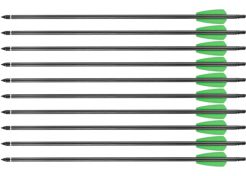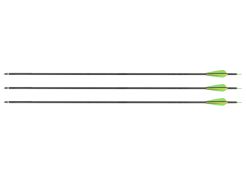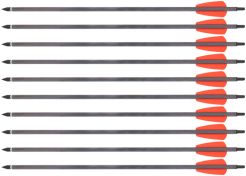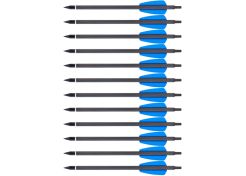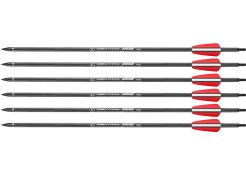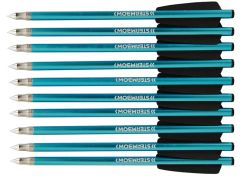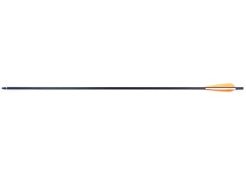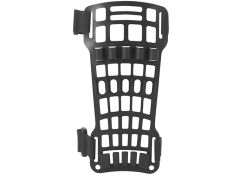Archery arrows
Arrows used for archery in both bows and crossbows, come in many different sizes and variations. You’ve got to pick the right length, but also the right weight and the right flex/rigidity. This might sound a bit daunting, because how are you going to find out all those things? We’re about to explain it to you, but first we’ll give you a bit of general information about arrows for archery. With that, you’ll gain some useful insight that will help you choose the best arrow for your bow.
Archery arrows: the anatomy
Arrows for archery come in two types: arrows for bows and arrows for crossbows. The latter are also called bolts, but except for some minor changes, they’re basically the same. The only difference being the nock, length and sometimes the fletching. But before we dazzle you with more arrow ‘slang’, let’s have a look at an arrow’s anatomy. So you know what we’re talking about.
- Shaft
The shaft is the base of every arrow. It’s a straight cylindrical staff that’s usually hollow to save weight. The shaft can be made from different materials and there are variations in weight, length and rigidity. More about that in a bit, what you need to know now is that the shaft is purely that ‘stick’, the arrow without a nock, without fletching and without an arrow point. - Nock
The nock is situated at the rear of the arrow and is often made from synthetic material or sometimes from metal. Crossbow arrows have a nock that’s flat or shows just a slight indent for the string to fit in. Archery arrows for bows however, have a nock that’s quite significantly different, as it has a deep groove with two nubs on the inside that clamp around the bowstring. This means all your coordination can be focussed on drawing and aiming, while the arrow will stay in place on the string. The power of the bowstring will make the arrow release automatically after the string is released. A nock should clip onto the bowstring just tight enough to stay put, but only just that. It shouldn’t be as tight that it could absorb the power of the bowstring before release. - Fletching
The fletching attached at the rear of the shaft stabilises the arrow during flight. They create a bit of a drag at the rear, pulling it straight behind the tip of the arrow. At the same time, they prevent the arrow from spinning excessively. Some fletching is made from actual feathers, others are synthetic feathers, while there also is synthetic vane-type fletching. Often, arrows have three fletching, although some crossbow bolts have two. Those are meant for crossbows without an arrow groove in the bed. - Point
At the front of the arrow, you’ll find the most illustrious part; the point. The arrow point is made from metal and for recreational bows and bows for sports, the tip is rounded, without sharp protrusions, a so-called bullet point. These points do the least damage to the target and are easy to pull out.
For hunting, broadhead points can be used. These are arrows with razor-sharp edges that are designed to give the most effective damage to the target. However, for small game, blunt points are often used to give a maximum of impact.
Which arrows are best?
When this question arises, it’s often the shaft that people are talking about. As mentioned above, the shaft can be made from different materials:
- Wooden arrows - Wood is, of course, the most obvious classic material for archery arrows. It’s light and it’s the cheapest of all materials. Wooden arrows are quite robust, but they can break when a hard object is hit. You also need to check them regularly for straightness. Moisture can affect the straightness of wood too.
- Fibreglass arrows - Fibreglass is affordable and durable. The material isn’t influenced by moist, though it can be a bit on the heavy side.
- Carbon arrows - Aluminium is a light material with quite some strength. An aluminium shaft needs to have a slightly larger diameter to give enough rigidity for an arrow. They’re tough and can take some impact. However, with enough force, they can dent and warp.
- Carbon arrows - Carbon is the lightest and most rigid material an arrow can be made of. Because of the great rigidity, the diameter of the shaft can be kept small, which means wind has less effect on the arrow. Carbon arrows also are very consistent in weight and they don’t tend to warp. Instead, they are very sensitive to hard impact, which can make them splinter.
- Composite arrows - Composite is a combination of materials and the most common combination is aluminium with carbon. A thin aluminium shaft is then used for toughness and durability and around it, a carbon sleeve will provide extra rigidity.
Which material arrow will suit your bow best, depends on the type of bow, but also on the intended use. Wooden arrows are often used by archers that use nostalgic wooden bows, often hand-made too. Logically, these should be accompanied by wooden arrows.
It’s different if you’re looking for compound bow arrows or arrows for a recurve bow. For the power that these bows can deliver, wooden arrows can be a bit too fragile. Arrows for a recurve bow are most used in sport archery with soft targets, which makes carbon the perfect material. They’re light and thin, have a good reach and will suffer the least from wind drift.
However, if carbon arrows are still a bit too fragile, for instance when using a compound bow, you’re best off with composite arrows. These are your best choice in very powerful bows and it’s no coincidence that these arrows are often called compound bow arrows. With the combined toughness of aluminium and stiffness of carbon, they are both robust and accurate.
Arrows: the numbers
Of all the numbers shown on archery arrows, two of them are most often used and it’s good to know what they mean. Before we enlighten you, we’d like to mention that everything regarding bows and arrows is communicated in imperial units. If you’re a metric person, here’s what you should know to convert:
1 inch (1”) = 2.54 cm
1 pound = 454 grams
1 foot pound (1 ft/lb) = 1.36 joules
Right, the numbers. First, there’s the spine rating. It’s the number that indicates the rigidity or stiffness or, if you look at it from the other way, the flex of the shaft. The spine rating can be anywhere between 285 and 1800 and the lower the number, the more rigid an arrow is. A 300 arrow is quite stiff, while a 1700 arrow is very flexible. If an arrow is too stiff, it tends to veer off to the left, while an arrow with too much flex will have the tendency to go slightly to the right.
Another number is the four digit one that’s often seen on quality arrows. This is a combination of two numbers, indicating the thickness of the shaft. The first two digits give you the external diameter in 1/64th of an inch and the last two will give you the wall thickness in 1/1000th of an inch.
The weight point of the arrow is measured in grains, a very old unit that find its origin in a grain of barley. One grain equals 0.065 grams, making it a very precise unit for measurement. The weight of the shaft, however, is not measured in grains, but in GPI. And GPI stands for Grains Per Inch. There’s a good reason for that, as many arrow shafts can be shortened. And with the GPI known, you’ll know exactly how to fine-tune your arrow for the perfect weight. The weight of the arrow should be somewhere between 5 and 10 grain per pound of draw weight. An arrow that’s light will be quick, but will also be sensitive to wind. An arrow that’s heavy will have a very arched trajectory, but is less sensitive to wind.
And to give you a last crucial number, well, not a number but how to obtain it: the length of an arrow is roughly determined by taking the draw length and adding an inch or two. This is measured from the bottom of the groove in the nock, to the end of the shaft without the tip.







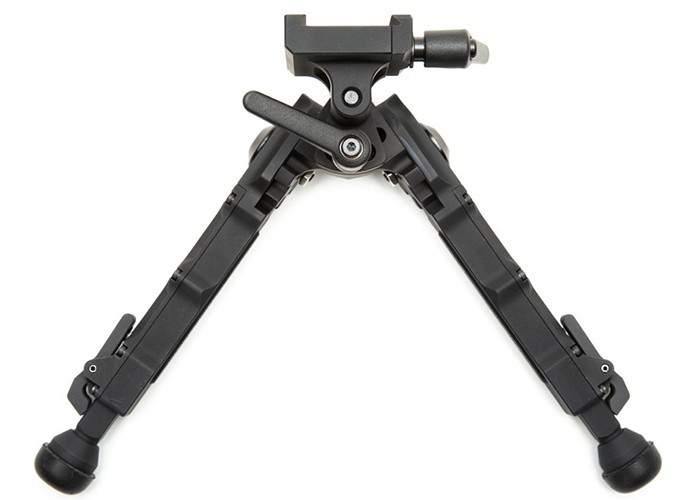
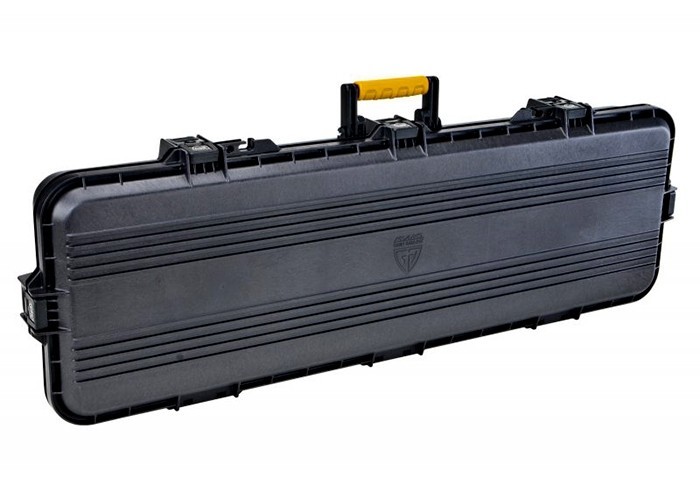
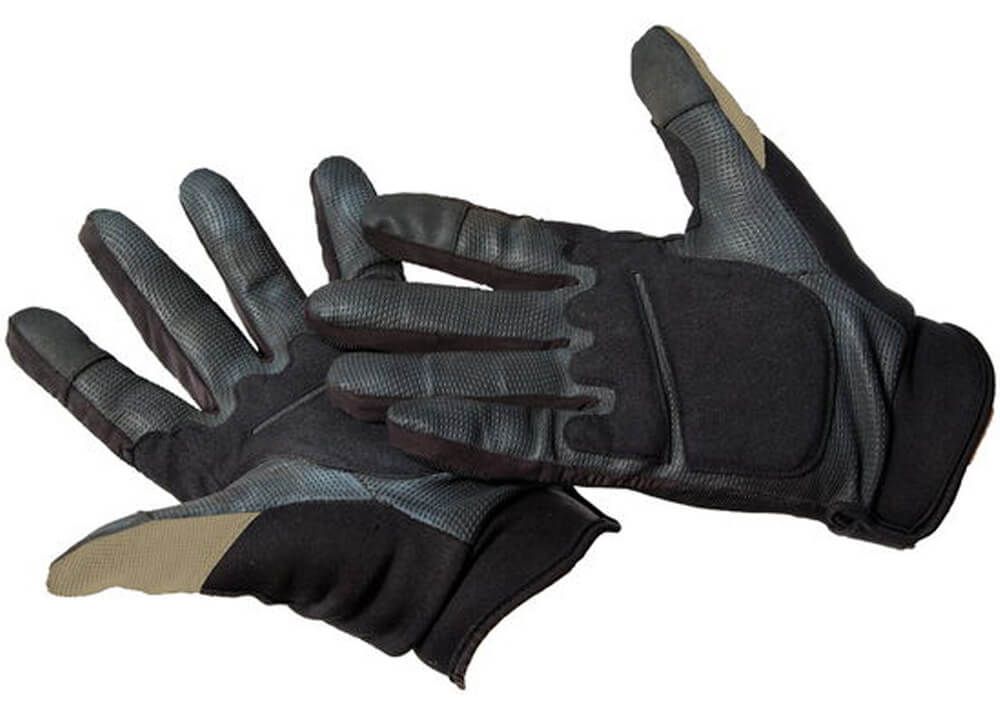
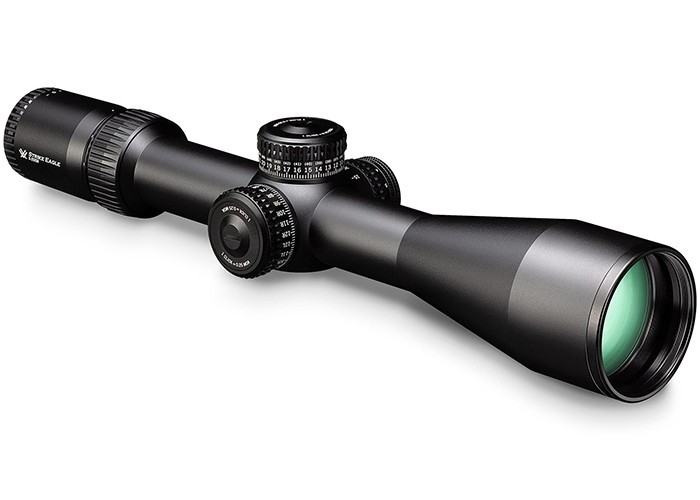
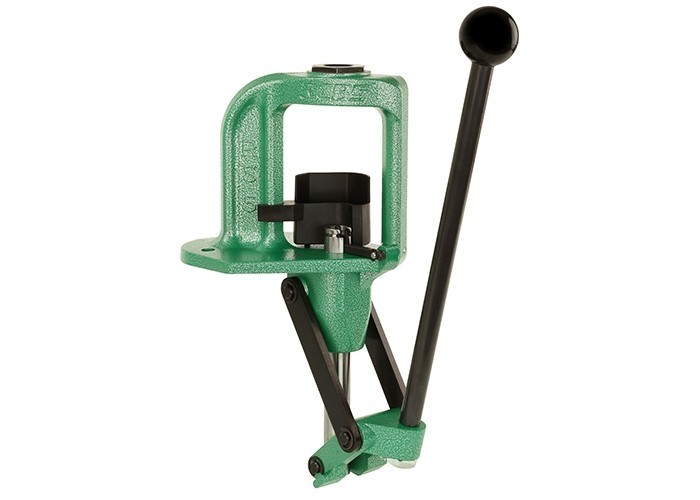
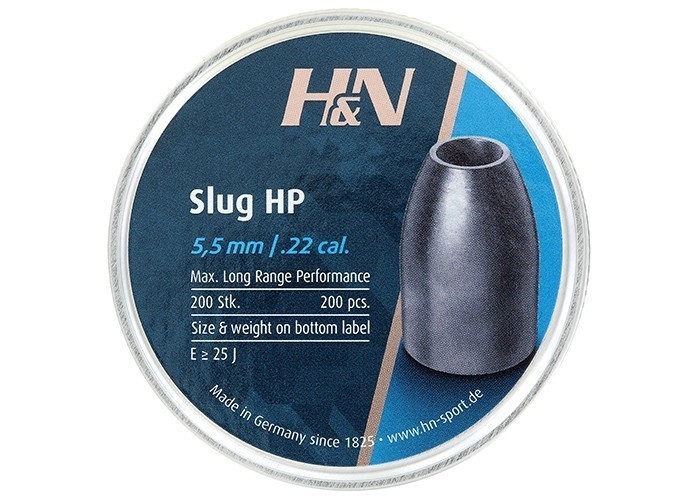
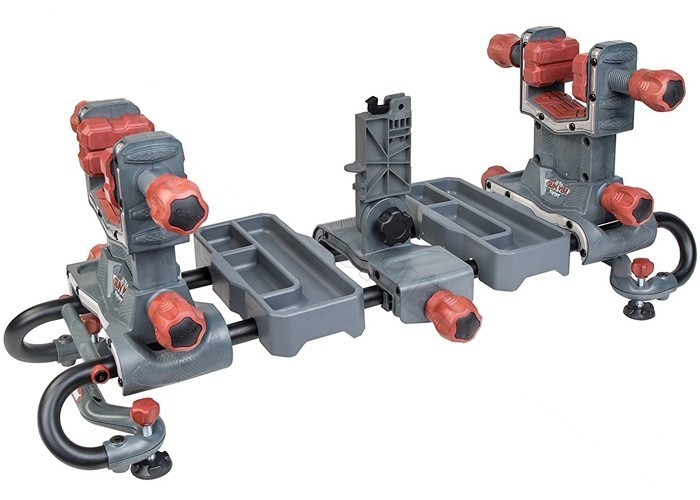
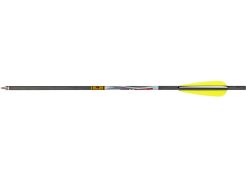
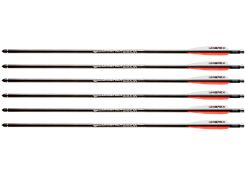


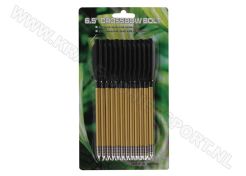
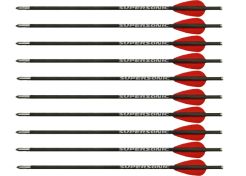
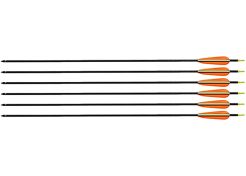
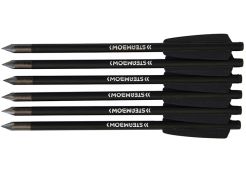
 Fast & secure delivery
Fast & secure delivery Secure shopping & payment
Secure shopping & payment Lots of expertise
Lots of expertise